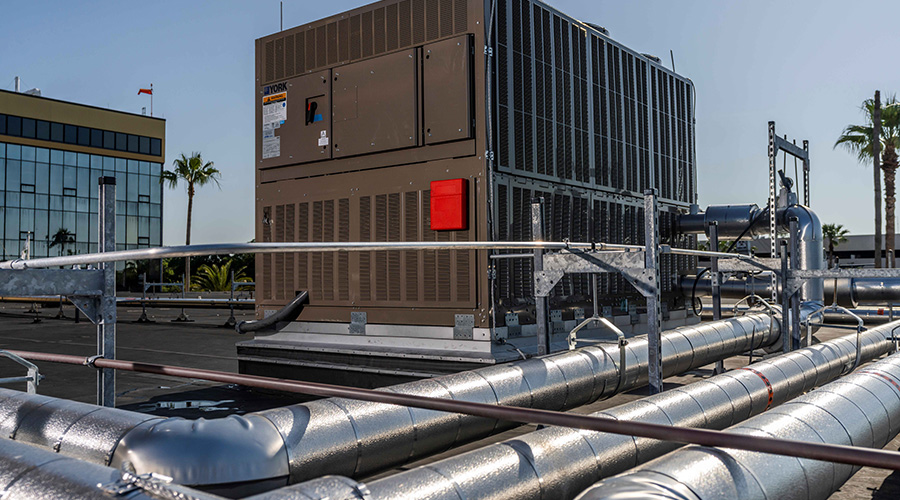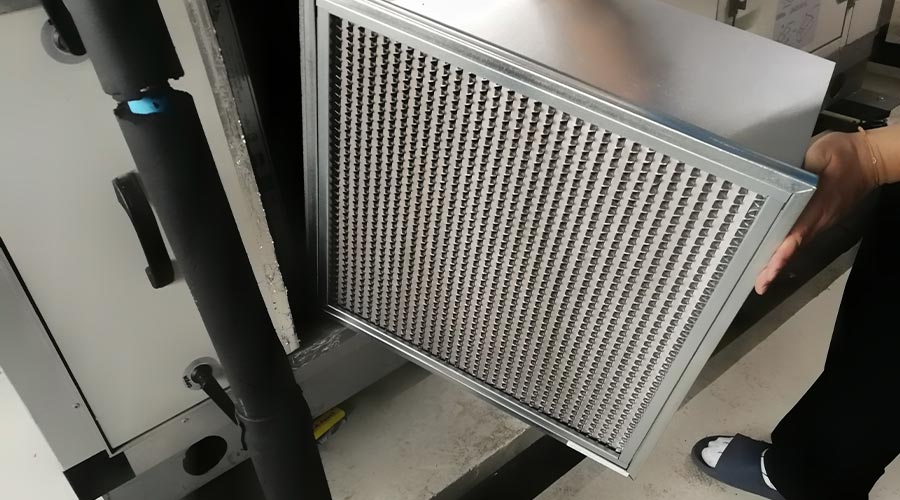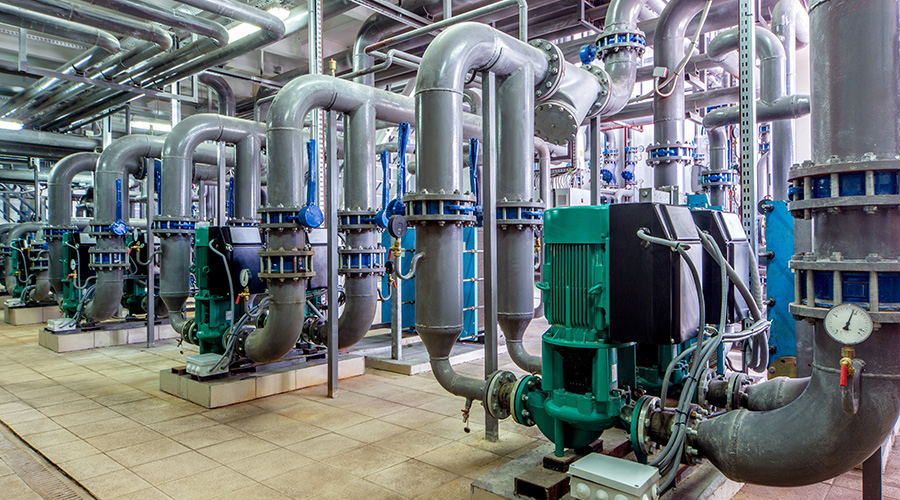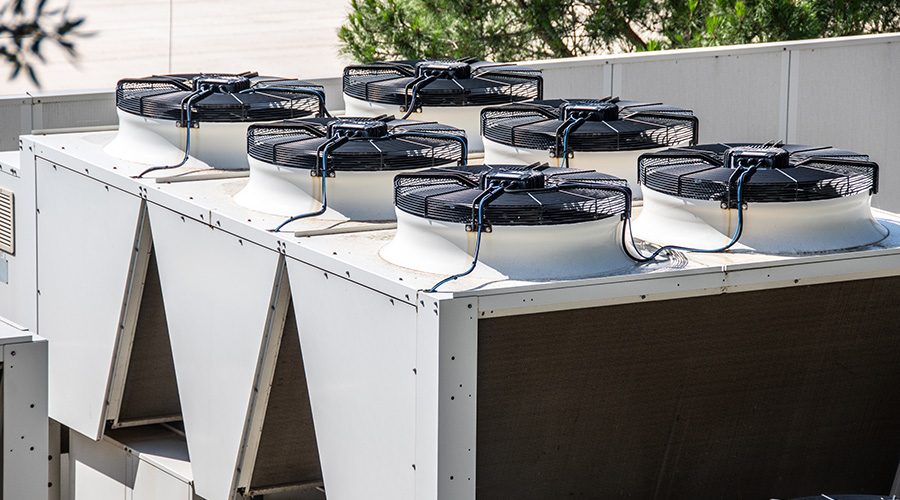 When specifying new boiler technology, managers should not overlook the importance of technician training to ensure the investment performs and delivers as intended.
When specifying new boiler technology, managers should not overlook the importance of technician training to ensure the investment performs and delivers as intended.Boilers Come of Age
Modular and condensing units, along with advances in controls and remote monitoring, give managers opportunities for savings
Boilers represent one of the most significant investments in institutional and commercial facilities. They affect budgets through their first costs, as well as their energy costs and ongoing maintenance and repair requirements. Because of these issues, it is essential that maintenance and engineering managers specify the most appropriate boiler system for the application.
Not long ago, boilers were large units that took up massive amounts of space in mechanical rooms. Some were so large that the building was constructed around them after installation. When these boilers failed, managers had no choice but to have them cut up for removal and walls removed to install new boilers. The resulting costs and disruptions to operations motivated many managers to keep their old boilers operating well past their normal service lives.
Today, managers have options when selecting boilers for new construction and replacements. To make the most appropriate choice, managers first must understand new-generation of boilers.
Making it modular
Building heating systems traditionally have been driven by one large fire-tube boiler. If planners needed redundancy, they added a second boiler of the same size. Large facilities might have used two or more of these large boilers in a central plant, but the concept was the same — large, central boilers.
In single-boiler systems, the practice was to let the boiler cycle on and off as needed to match the building load. It was a simple strategy to set up and operate, but it was not energy efficient. When a boiler — particularly a large unit — cycles on and off, it takes time to bring the boiler up to the desired operating temperature. During this warmup time, the operating efficiency of the boiler drops, wasting energy. Similar losses occur during the cooldown portion of the cycle.
To help overcome these losses, manufacturers installed modulating burners, which allowed output to drop as the heating load on the system decreased. The difference between the maximum boiler output and its minimum output is called its turndown ratio. For example, a boiler whose minimum output is 25 percent of its full load output has a turndown ratio of 4:1. For large, older-generation boilers equipped with this type of control, this rating was fairly typical.
Today, the concept of the large single boiler has been replaced with use of multiple smaller boilers that are no larger than a standard refrigerator. They are easier to install because they are small and light enough to fit through doorways and on elevators to higher floors.
Installing multiple boilers also offers managers the advantage of redundancy. The failure of one boiler or the need to take a boiler offline for maintenance does not mean the entire heating system must shut down.
While redundancy is good, operating efficiency is the most important advantage of installing modular boilers. All boilers are most efficient when they operate at or near full load without cycling. Modular boilers allow the heating control system to bring on only as many boilers as are needed to meet the heating load.
Most modular boilers use operating controls that can modulate boiler output to match the heating load. Staging boilers can roughly match the load, reducing cycling, but modulating the load of one or more boilers that are online can nearly eliminate it, further improving operating efficiency. Conventional, large boilers offer a typical turndown ratio of 4:1. Proper staging and modulation of a bank of modular boilers can produce turndown ratios of up to 100:1.
In facilities using a bank of modular boilers, managers can decide on the boilers that will come on first, those that will be disconnected first during times of reduced load, the way the remaining boilers will be sequenced, the minimum cycle time for each boiler, and the way supply temperatures should fluctuate depending on heating demand and occupancy.
Installing modular boilers requires major changes to the mechanical space in which they are located. Installers will have to change supply and return water piping, and they will have to modify exhaust flue connections and update materials. The resulting improvement in efficiency and redundancy will make the effort worthwhile.
Related Topics:













